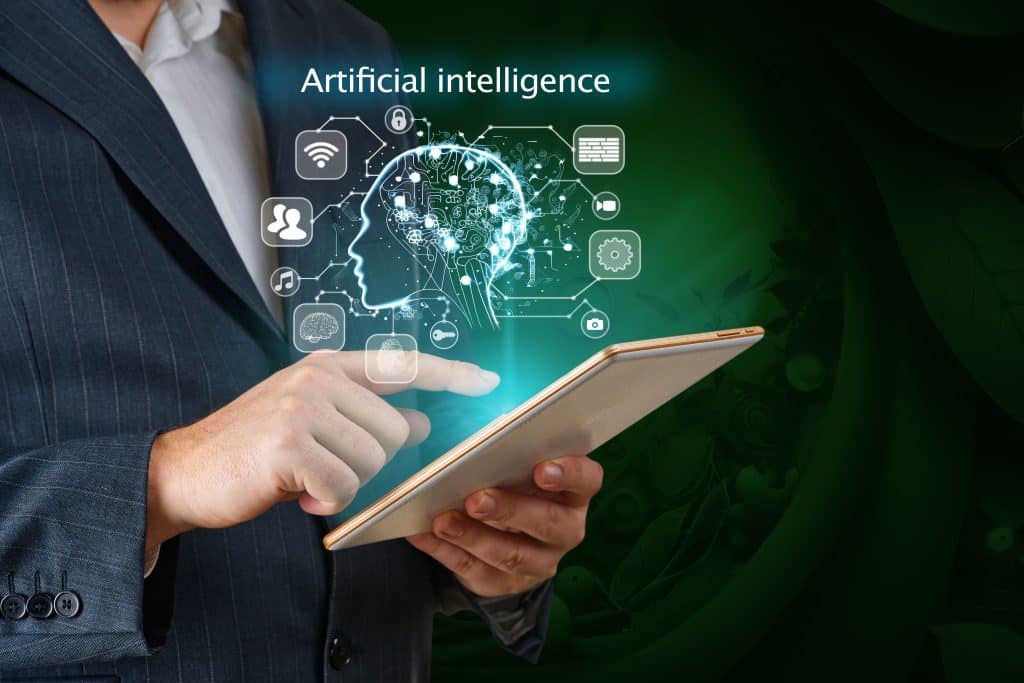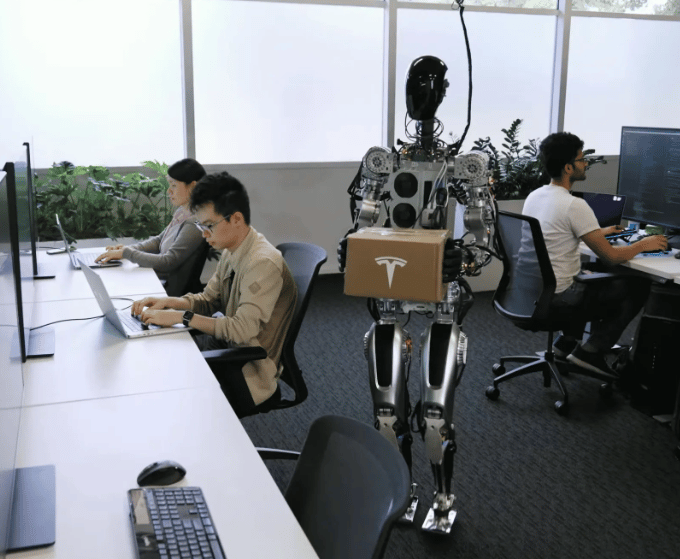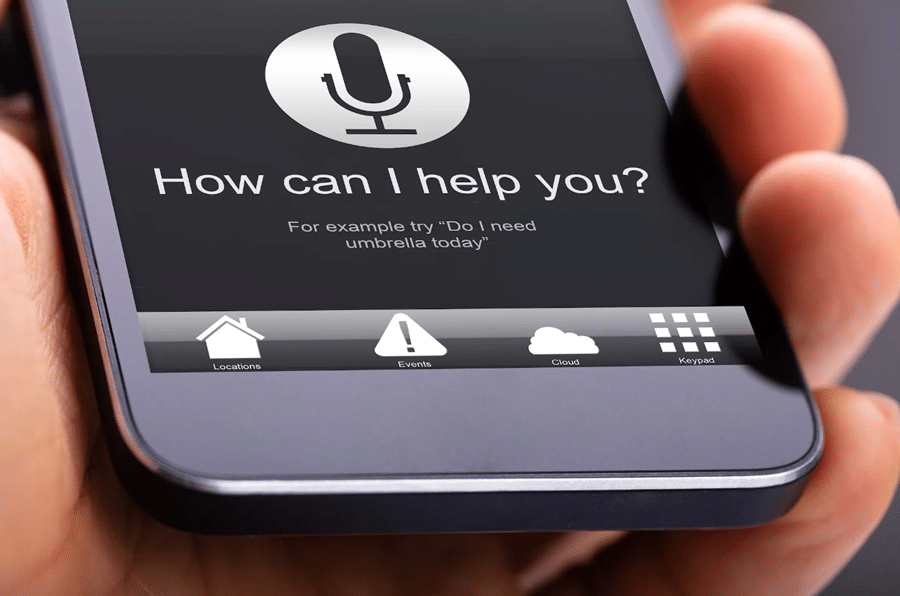Artificial Intelligence (AI) has long been the stuff of science fiction, conjuring images of intelligent robots and advanced, futuristic societies. However, today, it is no longer just a speculative concept but a key technology reshaping the world. One of the most impressive arenas where AI’s influence is felt is in robotics. With AI’s remarkable breakthroughs, robotics has been significantly redefined, transitioning from simple, automated machines to complex, autonomous entities.
Contents
AI And Its Evolution

Artificial Intelligence, a concept once confined to the pages of science fiction novels, has a fascinating history. Initially, it was a fantasy of the future, dreamt up by innovative writers and filmmakers. However, as technology advanced, so did the concept of AI. It began to take shape in the real world, evolving from simple, rule-based systems to highly complex learning machines. Over the decades, AI has gradually become a transformative force, setting new milestones and pushing the boundaries of what machines can do.
One of the most significant areas where AI has left an indelible mark is robotics. Integrating AI into robots has made them more than just programmable entities; they have become learning machines capable of understanding, interpreting, and reacting to their environment. Robots can now interact with humans, learn from their experiences, and make decisions. The progressive fusion of AI and robotics is a testament to the remarkable potential of these technologies.
AI Breakthroughs Paving The Path For Advanced Robotics
AI’s sophisticated capabilities have revolutionized robotics, enabling the creation of machines that can learn, adapt, and interact in ways previously thought impossible. From industrial applications to household assistance, AI-powered robots are becoming increasingly commonplace.
Furthermore, the potential of AI to revolutionize robotics extends far beyond the current state of the art. The exponential advancements in AI and related fields suggest a future where robots will become even smarter and more autonomous. As AI continues to break new ground, the realm of robotics is bound to be reshaped in ways we can barely imagine.
Machine Learning And Robotics

Machine learning, a subset of AI, has been a game-changer in robotics. With machine learning, robots can improve their performance by learning from their environment and past experiences. This capability has enabled robots to adapt to diverse and changing circumstances without explicit reprogramming.
For instance, autonomous vehicles, essentially robots, rely heavily on machine learning. They continuously learn from vast amounts of data gathered from their sensors and make decisions based on that information, such as when to stop, accelerate, or turn. This continuous learning and adaptation are what make these vehicles a reality today.
Natural Language Processing

Another critical AI breakthrough that has advanced robotics is Natural Language Processing (NLP). NLP has enabled robots to comprehend human language, paving the way for more natural and efficient interactions between humans and machines. Robots equipped with NLP can understand verbal instructions, respond to queries, and even engage in conversations.
Consider the rise of intelligent personal assistants like Siri and Alexa. While they may not be robots in the traditional sense, they demonstrate how NLP can lead to more intuitive and user-friendly interactions with technology. This advancement has considerable implications for robotics, opening up new possibilities for human-robot collaboration in various sectors.
Computer Vision

Computer vision is an AI technology that has greatly enhanced the capabilities of robots. With computer vision, robots can perceive and interpret their surroundings in a way that closely mirrors human sight. This technology allows robots to recognize objects, gauge distances, and precisely navigate spaces.
In the manufacturing sector, for example, computer vision enables robots to perform complex tasks that require intricate identification and handling of objects, such as assembly and quality control. Furthermore, in autonomous vehicles, computer vision is vital for identifying road signs, other vehicles, pedestrians, and obstacles.
Reinforcement Learning

Reinforcement learning, another subset of AI, is a technology that has had profound implications for robotics. It allows robots to learn complex tasks through rewards and penalties. By exploring different actions and learning from their consequences, robots can independently develop optimal strategies for task completion.
Reinforcement learning in robotics has found practical applications in various fields. For instance, it’s used in training robots for complex manipulation tasks that are difficult to program explicitly. Robots can learn to balance objects, open doors, or even assemble furniture through trial and error, improving their autonomy and usefulness.
Neural Networks and Deep Learning

The advent of neural networks and deep learning has significantly expanded the horizons of what robots can achieve. These AI systems mimic the structure and function of the human brain, allowing robots to process vast amounts of information and learn from it like human learning.
A great example is healthcare, where AI-powered robotic systems can analyze complex medical data to assist in diagnosis and treatment plans. In a domestic setting, robots with deep learning algorithms can recognize and respond to various household objects and tasks, making them more effective personal assistants.
AI Ethics And Robotics

With the remarkable advancements in AI and robotics comes a set of ethical challenges. These include questions about job displacement due to automation, the transparency of AI decision-making processes, and the potential misuse of AI in robotics.
The field of AI ethics seeks to address these issues, striving to establish rules and guidelines that ensure the responsible use of AI in robotics. It’s a crucial area of focus as we navigate this new technological landscape. We must strike a balance between harnessing the transformative power of AI and safeguarding societal and individual interests.
The Bottom Line
The journey of AI from science fiction to reality has been nothing short of extraordinary. It has reshaped the future of robotics, creating machines that can learn, adapt, and interact in ways previously confined to the realm of imagination. Yet, we are still in the early stages of this exciting era. As AI continues to evolve and mature, we can look forward to even more breakthroughs that will redefine the possibilities of robotics. But as we forge ahead, we must also be mindful of the ethical implications, ensuring that the AI-powered future is both technologically advanced and responsible and beneficial for all.


